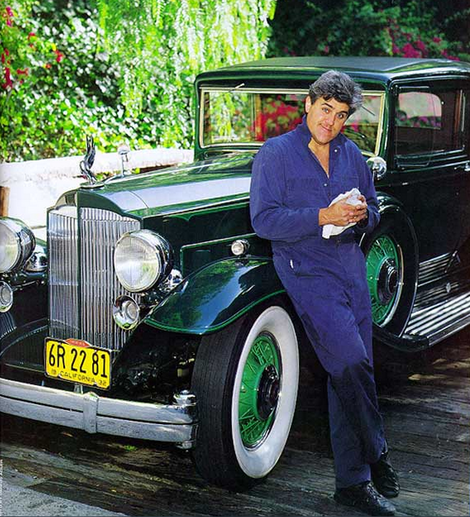1932 Packard Twin Six

The descriptions of the Classic Cars in the Directory were partly generated or supplemented with the help of artificial intelligence (AI). The content may occasionally not always be entirely accurate or factually correct despite careful checking.
The Packard Twin Six 1932 was a magnificent automobile produced by the legendary Packard Motor Car Company in its heyday. At a time when the automobile industry was flourishing, Packard stood apart with its classic designs, refined engineering, and luxurious comforts that were second to none. The Twin Six 1932 was one of the finest examples of Packard's commitment to quality, which is why it remains a highly sought-after classic car even today.
At the heart of the Twin Six 1932 was a powerful 7.3-liter V-12 engine that produced 160 horsepower, making it one of the most potent engines of its time. The engine had a 45-degree V-angle, which helped balance out the power output and reduce vibrations. It had a three-main bearing crankshaft, nine counterweights, and automatic hydraulic tappet adjustment, which ensured smooth operation and long-lasting durability.
The engine was paired with a three-speed synchromesh transmission that could be shifted with ease, thanks to its smooth and accurate linkage. The clutch was a single-plate design and operated by a hydraulic system that provided a light pedal feel. The transmission and clutch assembly was housed in a cast-aluminum bell housing that helped reduce weight and improve rigidity.
The Packard Twin Six 1932 rode on a sturdy chassis that had a 134-inch wheelbase and a ladder-like frame made of high-strength steel. The spring suspension was independent on the front and rear, with semi-elliptic leaf springs on both ends. The front suspension had double-acting hydraulic shock absorbers, while the rear suspension had lever-action hydraulic shocks. These suspension components provided a smooth, compliant ride, even on uneven roads.
The steering system was a worm-and-gear design and had adjustable steering wheel rake, making it easy to find a comfortable driving position. The brakes were mechanical and had vacuum boosters to enhance stopping power. Each wheel had a 14-inch drum brake that provided adequate braking force, even at high speeds.
The Packard Twin Six 1932 had a beautiful exterior design, with graceful lines and stylish accents that epitomized the Art Deco era. The body was made of steel and featured wide doors that opened wide for easy ingress and egress. The interior was a luxurious space that was trimmed in the finest materials, such as soft leather seats, plush carpets, and polished wood trim.
In conclusion, the Packard Twin Six 1932 was a technical marvel that set a high bar for automotive engineering in its time. Its powerful engine, smooth transmission, comfortable suspension, and luxurious interior made it a beloved classic car that is cherished by car enthusiasts even today.
Milestones
- Introduction of the Packard Twin Six in 1915, as the first production V12 engine in the world. - Continuous updates and improvements made in the following years, with the engine's displacement growing from 424 cubic inches to 462 cubic inches by the mid-1920s. - In 1932, Packard introduces significant enhancements to the Twin Six, including a larger 445.5 cubic inch engine, a longer wheelbase, and a revised front end. - The new engine produces 160 horsepower, making it one of the most powerful cars of its time. - The improved chassis design includes a torsion bar suspension system, resulting in a smoother and more comfortable ride. - The Packard Twin Six 1932 is offered as either a deluxe model or a standard model, with the deluxe version featuring additional amenities such as custom coachbuilt bodies and leather upholstery. - Despite the Great Depression, Packard manages to sell over 6,000 Twin Six cars in 1932, thanks to the model's reputation for quality and luxury. - The Packard Twin Six 1932 is widely considered one of the most iconic and significant cars of the interwar period, and is highly sought after by collectors today.Technical
- Engine: 67-degree V12, 7.3-liter displacement - Horsepower: 160hp - Transmission: 3-speed manual - Wheelbase: 142.5 inches - Suspension: Semi-elliptical leaf spring front, full-elliptical leaf spring rear - Brakes: Hydraulic drum brakes on all four wheels - Top speed: 85mph - Body style: Available in custom coachwork, including roadster, sedan, and limousine - Production: Approximately 1,500 were built from 1932-1936 - Price: Base price of $2,985 in 1932